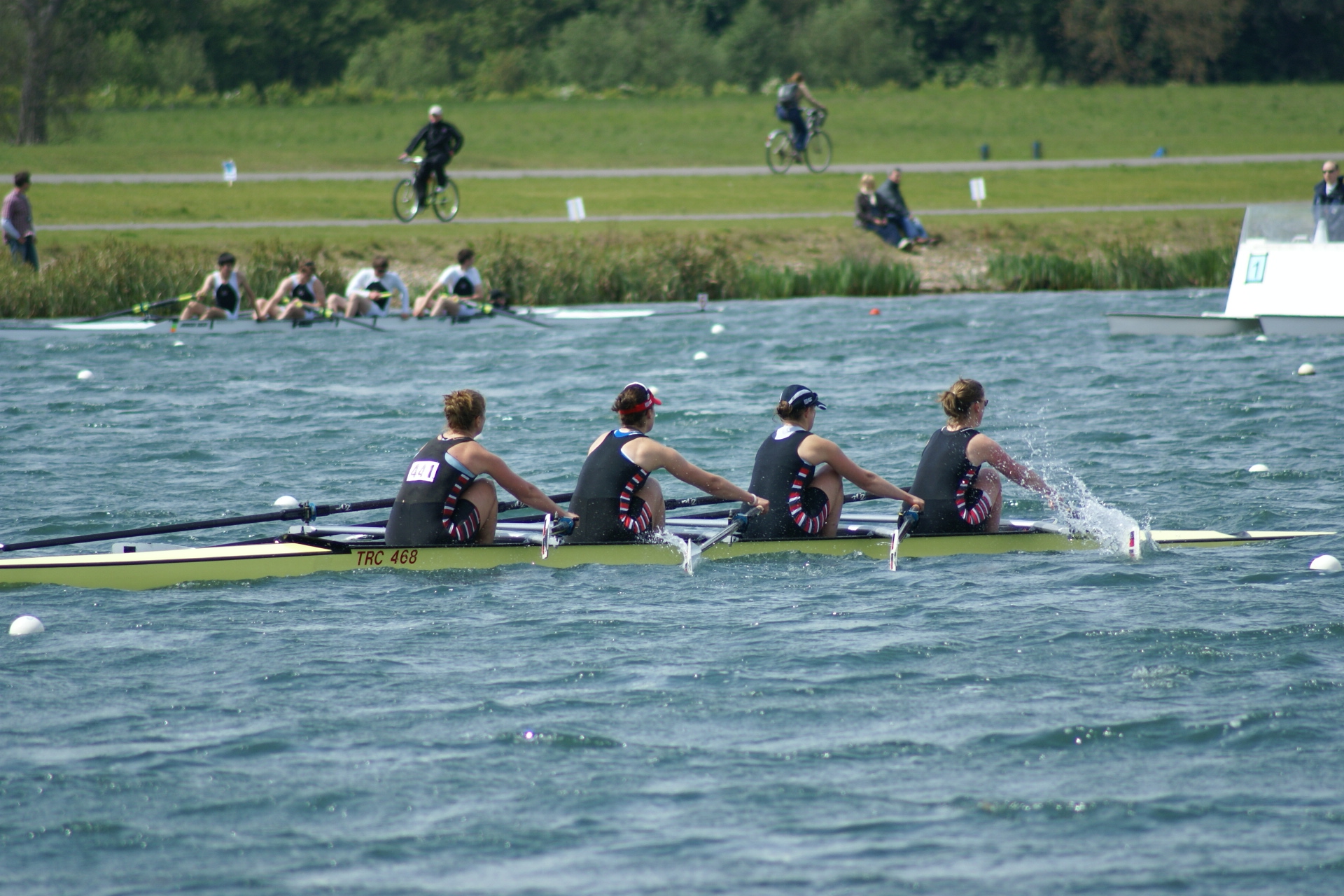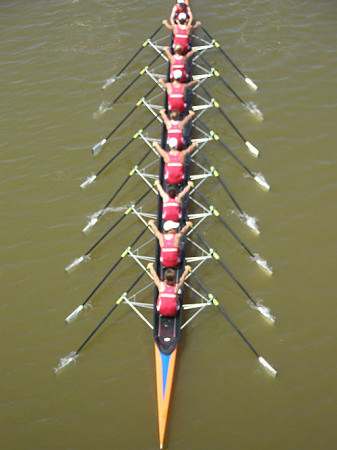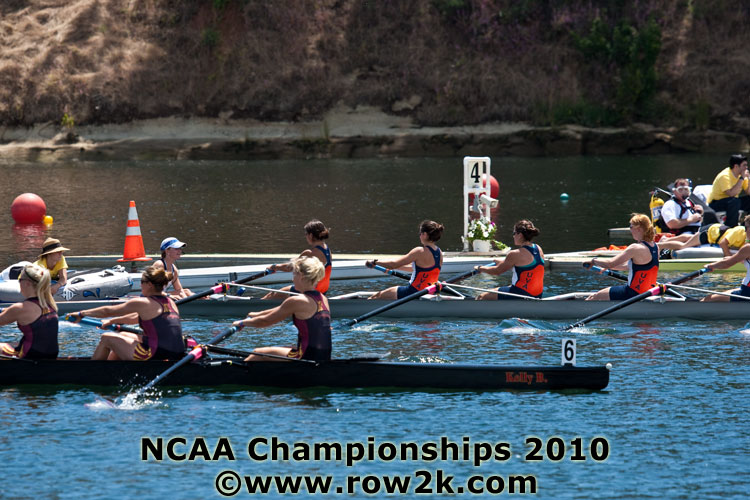Every society and group has a set of traditions that are unique. These traditions help to define who they are as a group. The community of rowing is no different than any other group, they have many unique traditions that are the same across all teams. These traditions help to solidify the rowing community across different regions and even different countries.
A lot of traditions have to do with winning, or the quest to win a race. The coxswain toss is the most universal and most humors practice done by rowing teams across the country and world. When a boat wins their race the toss their coxswain in the water in celebration. They often toss the coxswain from the awards dock as they are receiving their medals. It is also used a motivational joke in the rowing community to get crews to move faster. The crews will try to win so that they can toss their coxswain, and it is a joke because this clearly is not the main reason why the athletes are trying to win the race. This tradition is done in all levels of rowing from youth rowing to the Olympic games.
The beginning of this video shows toss of Mary Whipple, the coxswain of the Unites States women's 8+, at the 2010 World Rowing Championships in New Zealand. The U.S. women's 8+ placed first winning a gold medal at the 2010 championships, and so with tradition their coxswain was tossed in the water. This video shows that the coxswain toss happens even that the highest level of competition.
The coxswain toss is learned at a young age. When rowers first begin rowing they are taught how to do this crucial part of the sport. It is always exciting to explain to a boat of new rowers after their first win that they have to throw their coxswain into the water. Here is a video showing the first attempts of a high school crew to through their coxswain in. Their coach explains how to do it and clams the coxswain telling her the toss is a tradition, and so she must participate.
There are many other more serious traditions in the sport of rowing, but the coxswain toss is often the most humors. It is a tradition purely for fun. It allows for celebration and excitement, even for the coxswains. Many coxswains see it as a bragging right to walk around a race course soaking wet with a medal around their neck. It is a humors but clear distinction of their team's success.















